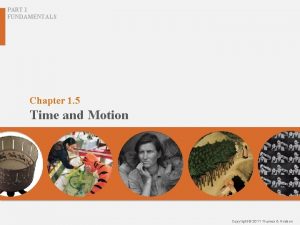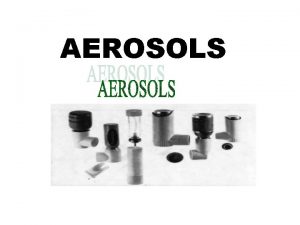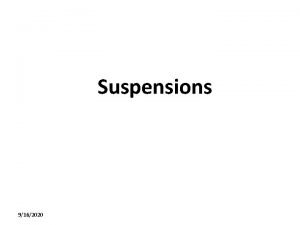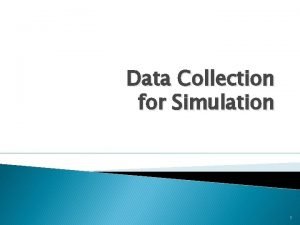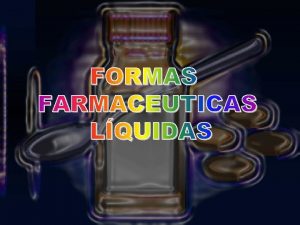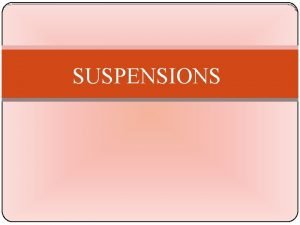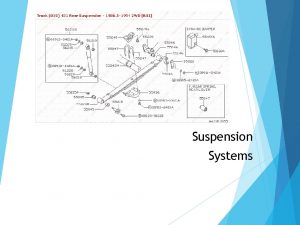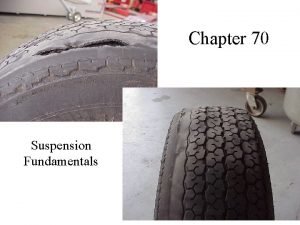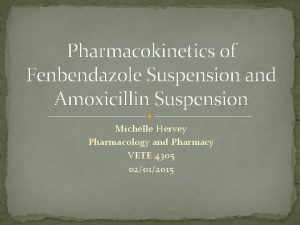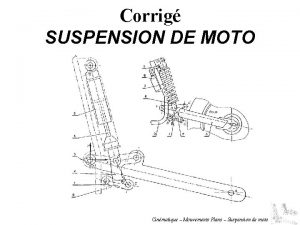Practical 4 Aerosols Sneeze simulation method Aerosols Suspension













- Slides: 13

Practical 4 Aerosols Sneeze simulation method

Aerosols Suspension of a microbe containing particle Airborne pathogenic microorganisms Constitute a major hazard to humans Viruses, bacteria, fungi are carried from host to host by air currents as aerosols. • Droplet nuclei or aerosol particles are about 1 - 5 microns in diameter. They can remain suspended in the air for several hours, depending on the environment. The most effective droplet nuclei tend to have a diameter of 5 micron. • •

Nature aerosols formation • Thermal shifts • High pressure to low pressure areas • Air currents • Strong winds • Lab techniques that can generate aerosols Streaking, serial dilution , swabbing , making a smear, loop inoculation , etc.

Some human actions that generate aerosols • • Unguarded sneezing Talking Dusting Unguarded coughing Making beds Toilet flushing Dry mopping floors

Spread of Aerosols • When an infected person coughs or sneezes, aerosols are expelled into the air. • One cough can generate 3000 aerosol. • Talking for 5 minutes can generate 3000 aerosol • Singing can generate 3000 aerosol in one minute. • Sneezing generates the most aerosols (tens of thousands), which can spread to individuals up to 10 feet away ( 1 foot=30 cm)

Relationship between action and No of particles produced

Sneeze Spread

Sneeze Simulation Method • MATERIALS 6 nutrient agar plates, One sterile atomizer. 10 ml of a 24 -hour Trypticase Soy broth (TSB) culture of Micrococcus lutea. • PROCEDURE This procedure is to be demonstrated by the instructor. • 1. Arrange the 6 (NA) plates on a table in a straight line with approximately 12 inches between them. Each plate should be numbered in consecutive order. • 2. Load the atomizer with broth culture of M. lutea and position the atomizer approxim. 12 inches in front of plate number 1 , approximately 3 -4 feet above it. • 3. Remove all Petri plate covers and spray the suspension simulate a sneeze. • 4. Replace the covers and incubate the preparations at room temp. overnight. • 5. After incubation, return the plates to their positions on the table. • 6. Students examine the plates for relative numbers of the organism colonies.

CREATION OF LABORATORY AEROSOLS • MATERIALS: • 24 hour TSB cultures of Micrococcus lutea dispensed in 5 -ml aliquots. • Sterile 1 -ml pipettes • NB dispensed in 9 -ml amounts • NA plates for environment sampling

PROCEDURE • Before performing any of the following experiments, place 3 nutrient agar plates in the immediate working area spaced well apart from each other, label as near, moderate, far • Uncover each plate with a label corresponding to its position. • Cover each plate upon completion of these procedures. • Incubate all plates at 37 C overnight. • Report the results.

Specific Procedures • Serial dilution: – Place 4 tubes of NB in a test –tube rack and number each consecutively from 1 to 6. Introduce into tube 1 1 ml of the bacterial culture selected. – Mix well with a fresh pipette. – Repeat mixing in the same tube 10 times up and down. – Remove 1 ml of suspension and deliver it in tube 2. – Repeat the same procedure in all 6 tubes. • Loop inoculation: – Place 6 NB tubes in a test tube rack. – Inoculate the first tube with 1 loopful of the culture provided. – Mix the contents of the tube by rotating the tube between the palms of the hands 10 times. – Repeat this procedure with the other tubes.

Specific Procedures • Streak plate: – Streak 3 NA plates with the culture provided. • Smear technique: – Prepare 3 bacterial smears according to the usual procedure. • Swabbing technique for antibiotic testing: – Swab 3 NA plates using sterile swab dipped into provided broth culture in the way as for antibiotic testing.

Interpretation of results • This exercise demonstrates the ease with which microorganisms are transported through air and length of spread. (cm-m) • Plates that contain high numbers of micrococcus are indication of aerosol generation( more than 2 -3 colonies) • If plates were exposed to air for long periods, there will other organisms of air
 Fred ott's sneeze
Fred ott's sneeze Aerosols dosage form
Aerosols dosage form What are aerosols
What are aerosols Jamil uses a 27 cm long wooden board
Jamil uses a 27 cm long wooden board Formulation of suspension
Formulation of suspension Importance of symposium for students
Importance of symposium for students Simulation method of data collection
Simulation method of data collection Suspension solution
Suspension solution Tyndall effect
Tyndall effect Suspension vs solution
Suspension vs solution Emulsion inestable
Emulsion inestable Classification of flocculating agents
Classification of flocculating agents Unibody suspension
Unibody suspension Table de roue de suspension
Table de roue de suspension
